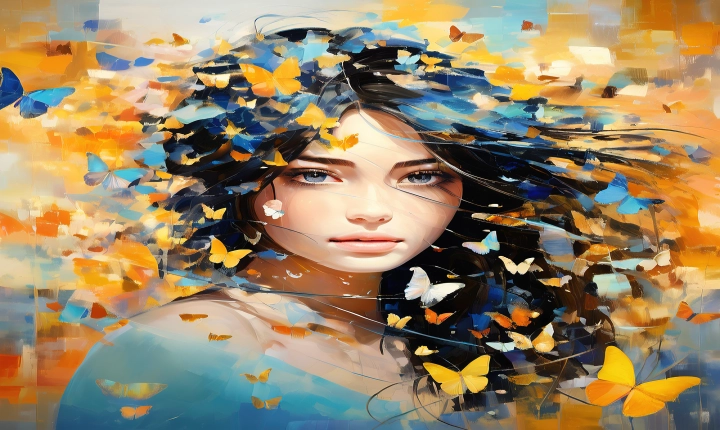Matching colors in Adobe Illustrator is a crucial skill for creating visually appealing designs. Whether you’re working on a digital illustration, logo design, or any other creative project, understanding how to harmonize colors can greatly enhance your work. In this article, we’ll explore some tips and techniques for effectively matching colors in Adobe Illustrator.
1. Understanding Color Theory
Before delving into color matching, it’s essential to have a basic understanding of color theory. This includes concepts such as the color wheel, complementary colors, analogous colors, and color harmonies. Adobe Illustrator provides various color tools that are based on color theory, so having a grasp of these principles will greatly aid in selecting and matching colors effectively.
2. Using the Color Guide Panel
Adobe Illustrator offers a useful feature called the Color Guide panel, which provides a range of color harmonies and combinations based on the selected color. To access the Color Guide panel, go to Window > Color Guide. By choosing a base color and exploring the different harmony rules, you can easily find complementary, analogous, triad, and other harmonious color combinations to match your existing color scheme.
3. Creating and Saving Color Swatches
Another effective method for matching colors in Illustrator is by creating and saving custom color swatches. Start by selecting a base color, then use the Color Picker or Color Panel to adjust the hue, saturation, and brightness to create variations of the color. Once satisfied, save the custom colors as swatches for easy access in future projects. This ensures consistency and coherence throughout your designs.
4. Utilizing the Recolor Artwork Feature
Adobe Illustrator’s Recolor Artwork feature is a powerful tool for adjusting colors and creating new color schemes. Select the artwork you want to recolor, then navigate to Edit > Edit Colors > Recolor Artwork. Here, you can experiment with different color combinations, adjust brightness and saturation, and even map artwork colors to your desired swatch. This feature is invaluable for refining and harmonizing colors to match your design concept.
5. Observing Real-World Inspiration
Drawing inspiration from the world around you can also help in matching colors effectively. Whether it’s from nature, photography, fashion, or art, observing how colors work together in different contexts can provide valuable insights for your designs. Take note of color combinations that resonate with you and consider how you can apply similar palettes to your projects in Illustrator.
6. Embracing Contrast and Balance
When matching colors in Adobe Illustrator, it’s important to consider both contrast and balance. A good color scheme should include a mix of lighter and darker tones, as well as a balance between warm and cool colors. Experiment with different combinations to achieve the right level of contrast and balance, ensuring that each color complements the others without overpowering the overall composition.
Matching colors in Adobe Illustrator is a creative process that requires practice, experimentation, and a keen eye for aesthetics. By leveraging color theory, using Illustrator’s built-in color tools, and drawing inspiration from the world around you, you can effectively match colors to elevate your designs. Whether you’re a graphic designer, illustrator, or digital artist, mastering the art of color matching in Illustrator will undoubtedly enhance the visual impact of your creations.
